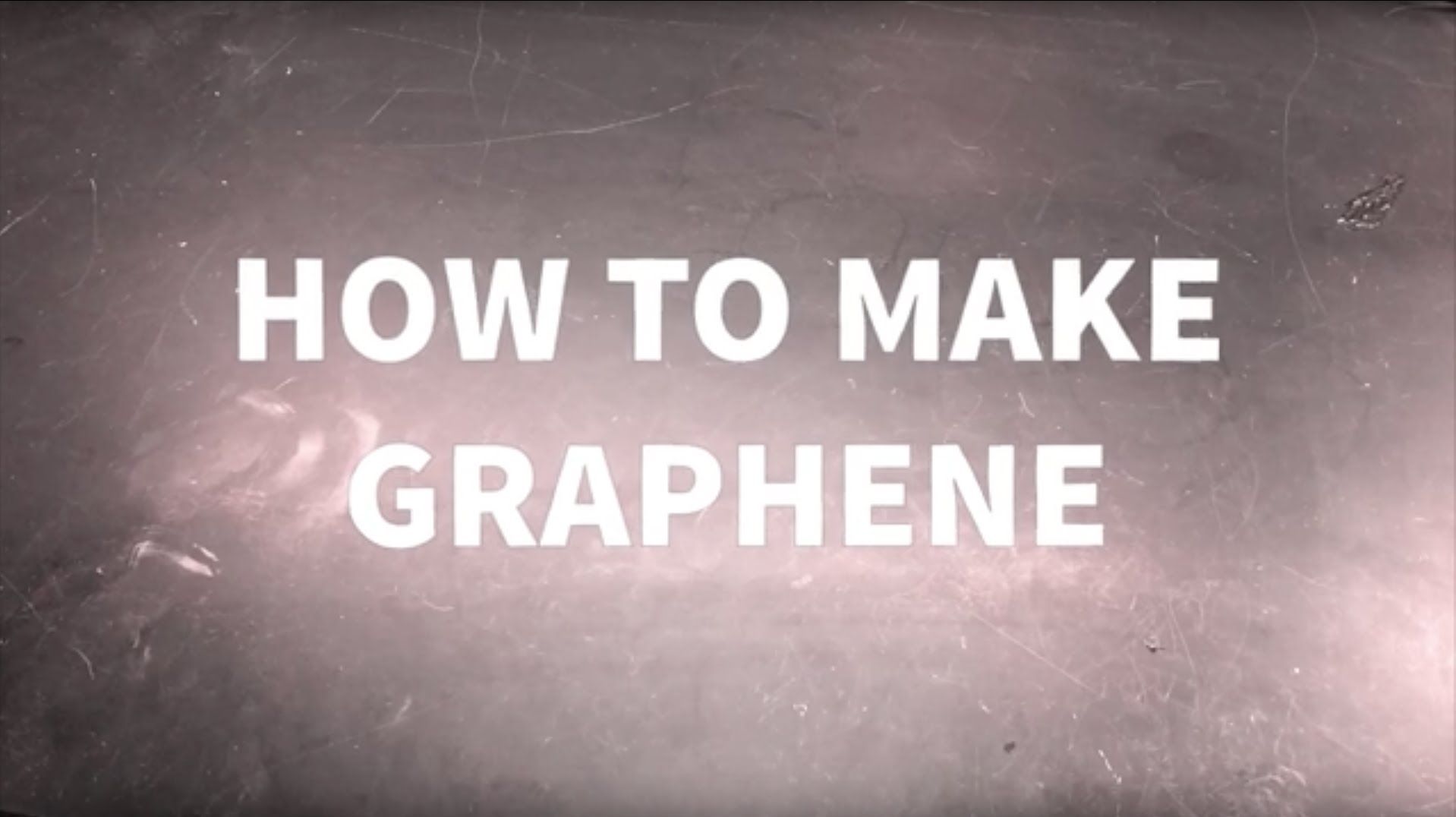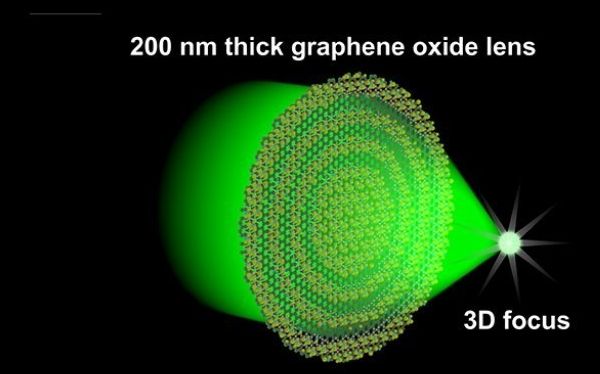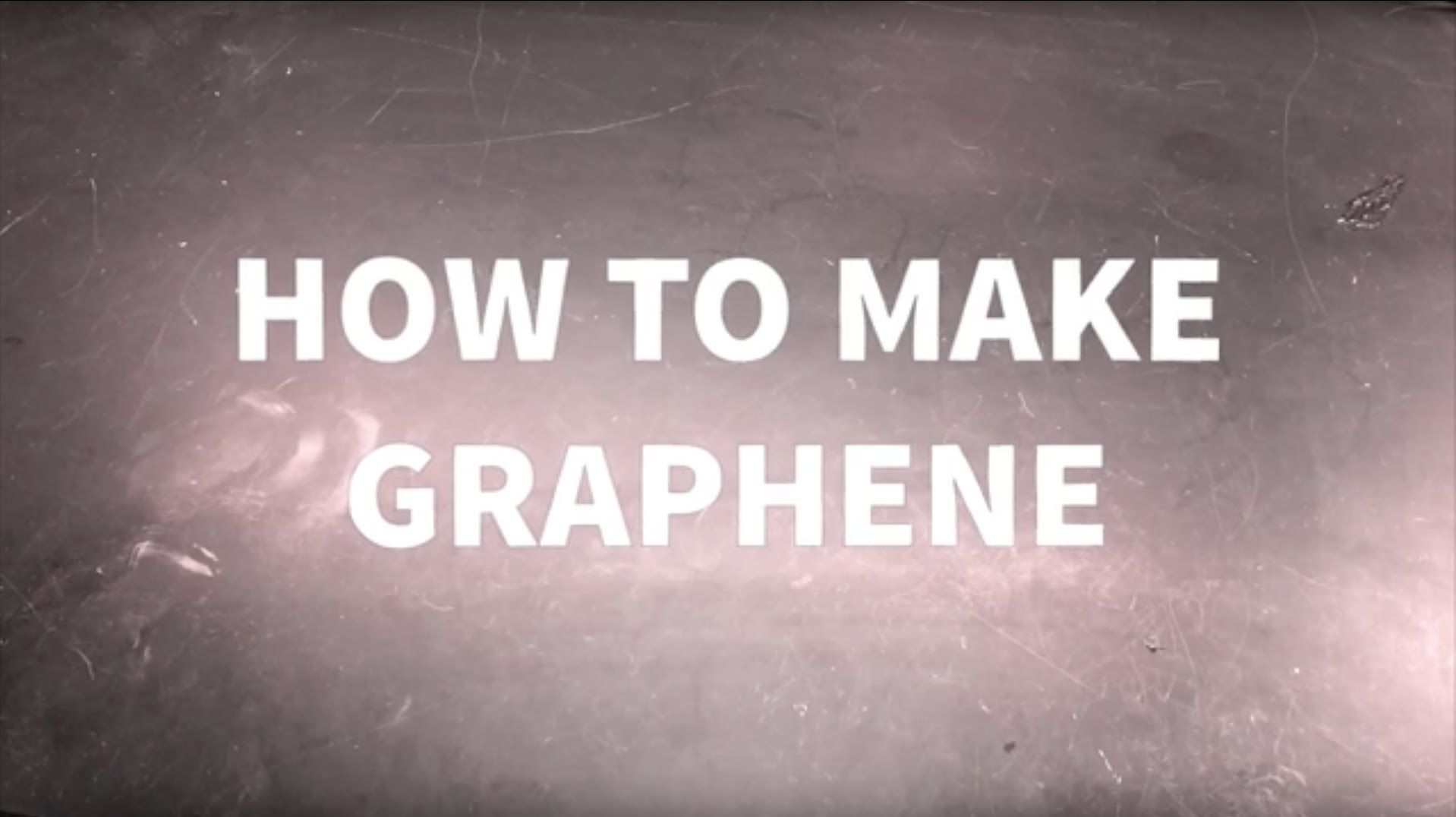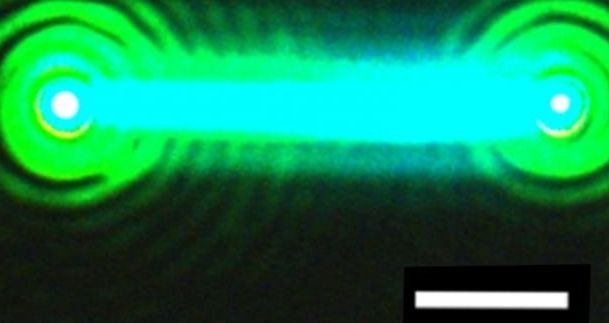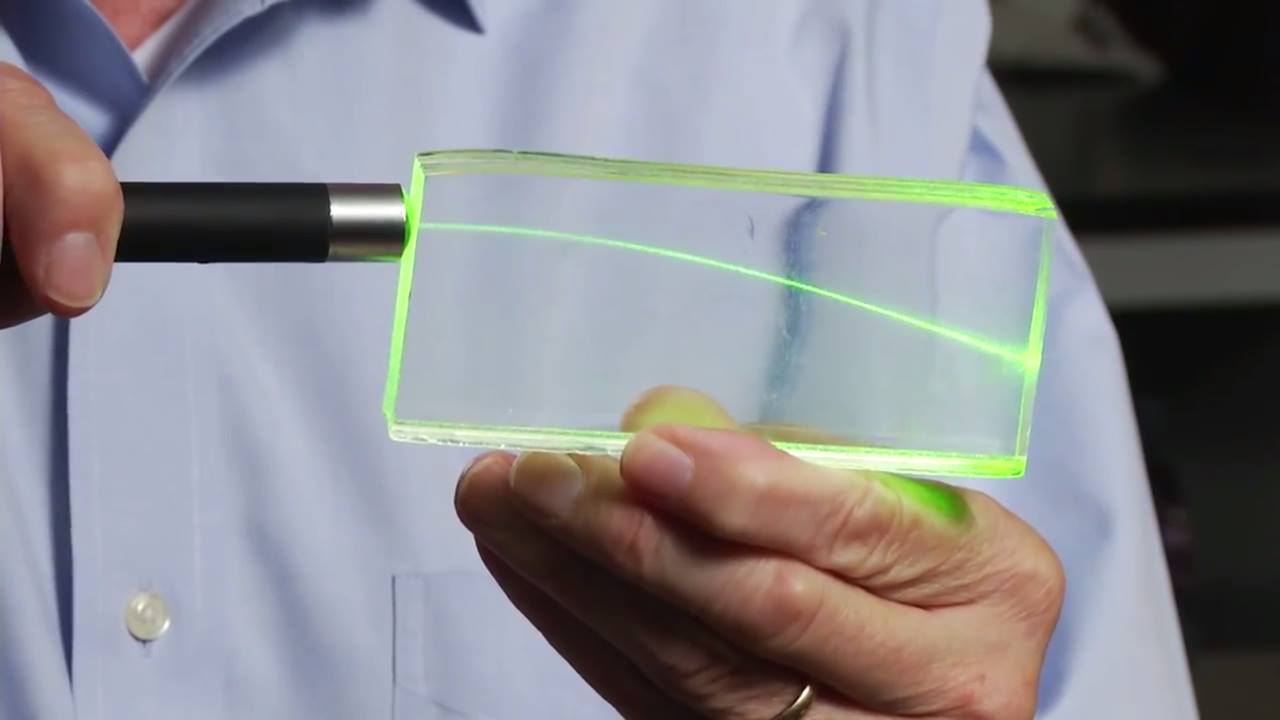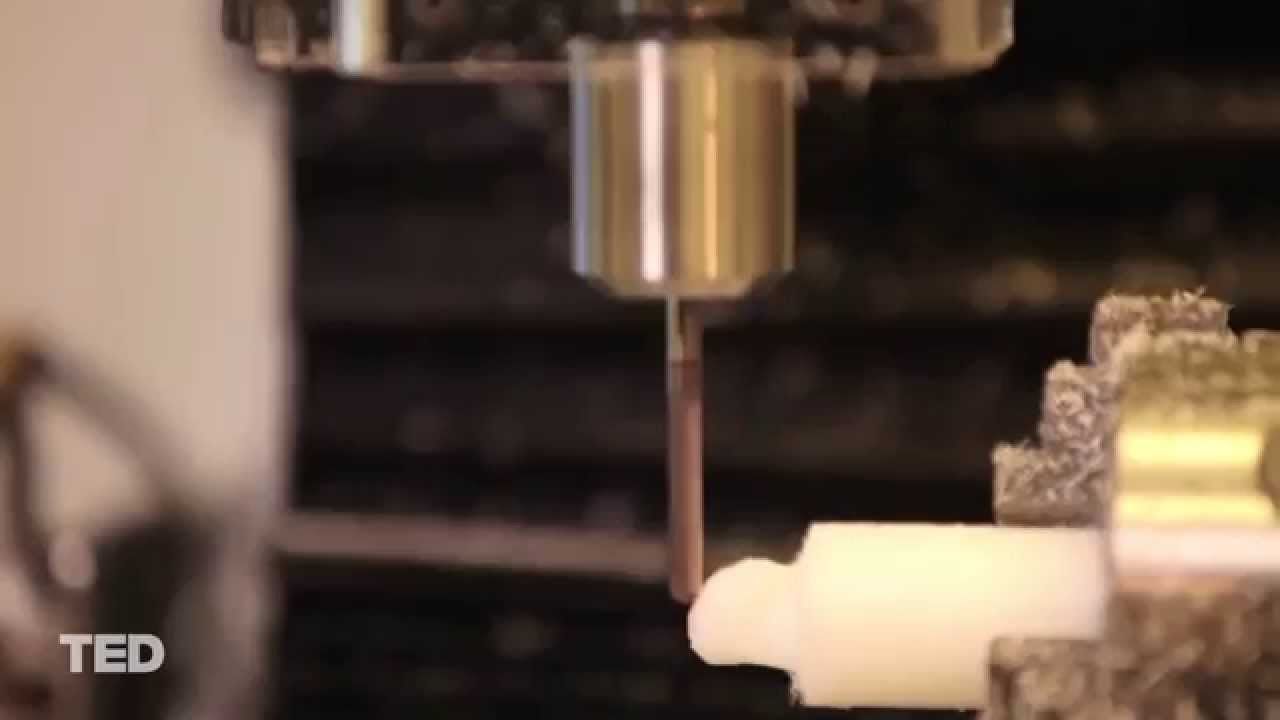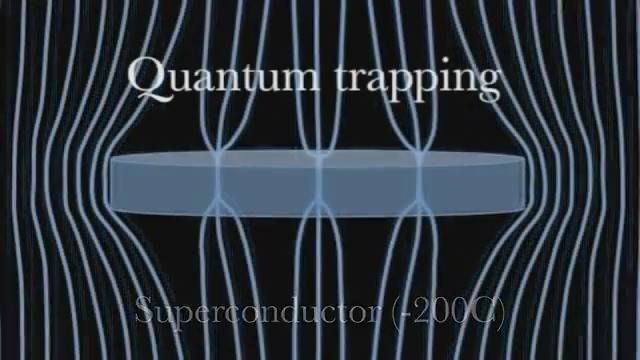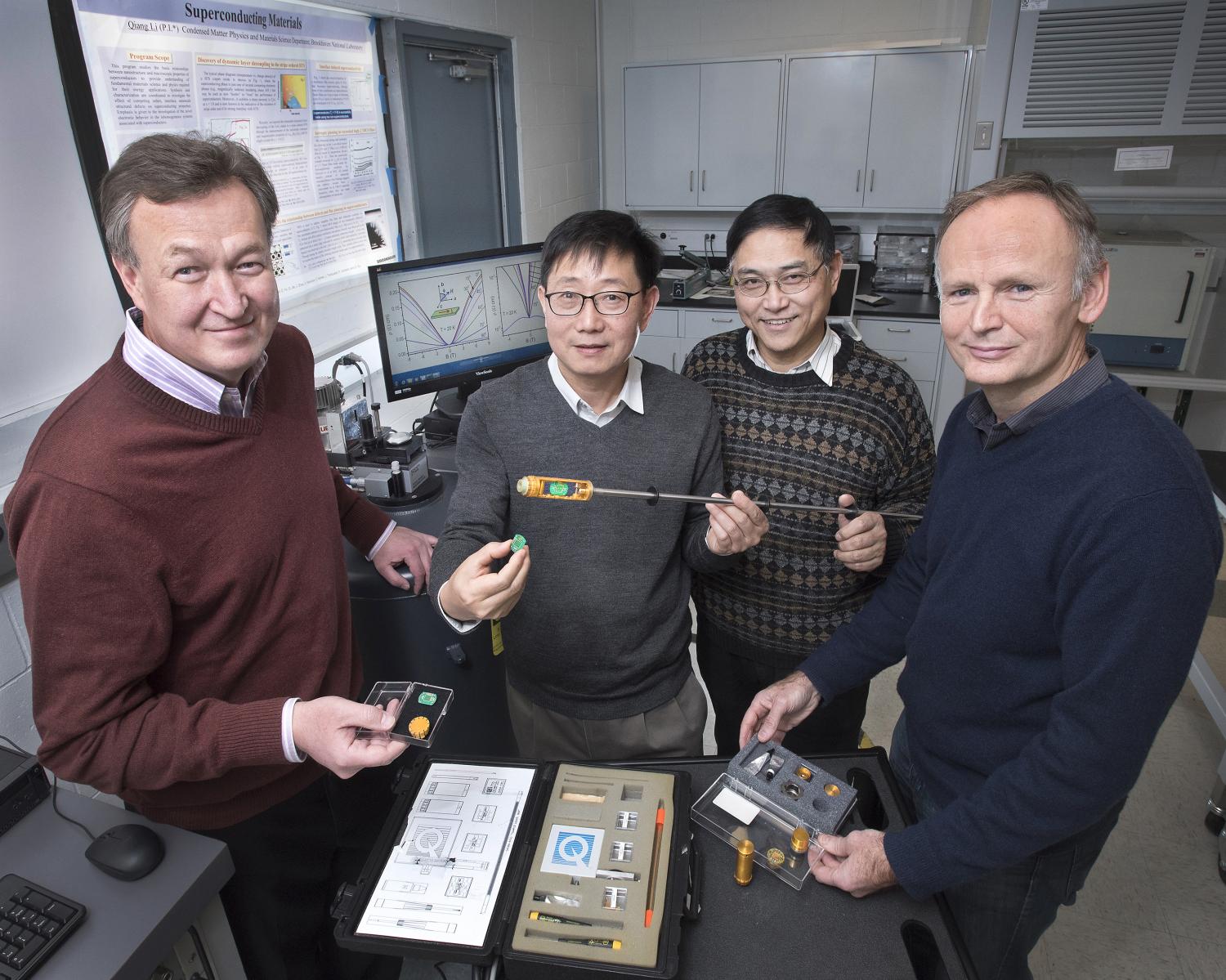Feb 16, 2016
Mind-Controlled Prosthetics: New Study Allows Patient To Move Fingers With Mind
Posted by Karen Hurst in categories: biotech/medical, cyborgs, materials, neuroscience
With the success of Graphene as a material for BMI plus the new micro stints that can travel through blood cells to the brain; prosthetic technology is only going to continue to improve to maybe even a point where some athletes may wish to have physical and endurance capabilities improved through this type of technology if it is approved and allowed by the various athletic associations.
A team of researchers has demonstrated the first-ever successful prosthetic arm that can control individual fingers with thoughts.

